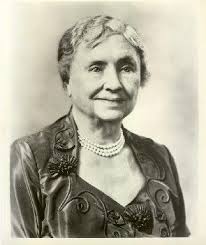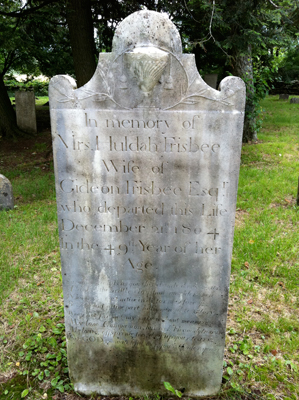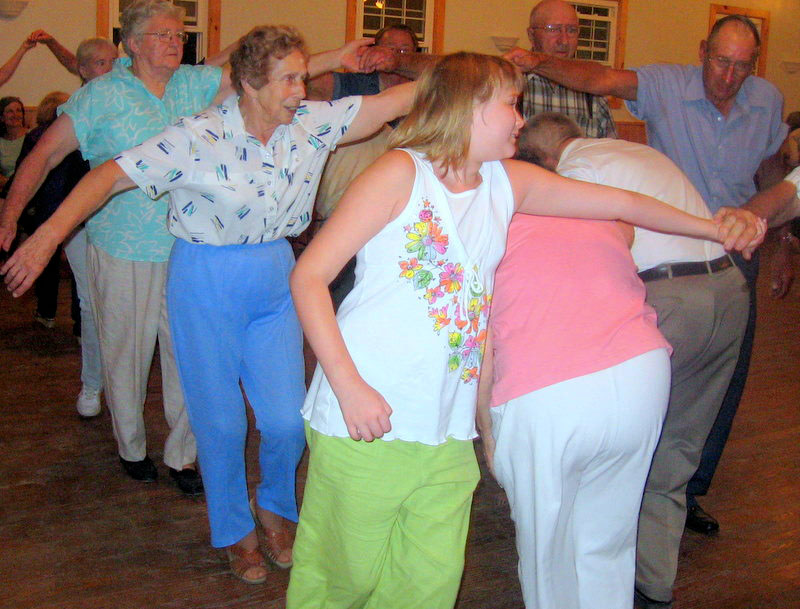
Antique appraisals and Collectors’ Expo Sept. 12
Antiquarian Richard Axtell will provide antique appraisals, while collectors of glass, clocks, memorabilia, postcards and more will display and discuss their collections on Saturday, Sept. 12 at the Historical Society of Middletown, 778 Cemetery Rd., Margaretville.
The Collectors’ Expo runs from 10 a.m. to 3 p.m. with appraisals conducted from 11-2. Admission to the hall is free; appraisals cost $5 per item. There will be door prizes and raffles, and refreshments will be available.
Richard “Smitty” Axtell started the House of Axtell Antiques, also known as “The Rookery,” in 1968 in a lovingly restored inn in Deposit, NY. The Rookery houses fine, museum quality examples of early Americana including baskets, stoneware, treenware, redware, folk art, iron hearth accessories, country furniture, textiles, art work, glassware and early lighting devices.
Axtell has carefully researched his ever-evolving collection of antiques, which he exhibits at shows throughout the east. In 2012, The Rookery Bookery was established offering books, poetry, pamphlets, song books, journals and manuscripts, some dating to the early 18th century.
Collectors who will be on hand September 12 to showcase their specialties include Robert Abbate of Andes, Depression glass; Bill Karpoich of Roxbury, cottage clocks; Debra Tuthill of Treadwell, Shirley Temple collectibles; John Duda of Fleischmanns, local postcards and British Royal commemorative items; Marsha Kathmann of Delhi, Boyd bears; and Peg Kearney of Fleischmanns, specialty ceramic items.

Shirley Temple
Depression glass is inexpensive colored and clear dinnerware made during the Depression era. It was given away at movie theaters, gas stations, grocery stores, and in boxes of soap, and was sold in five-and-ten-cent stores for pennies apiece. Robert Abbate has been collecting these items with wife Debra since 1971. Pieces from their collection were featured in the Time-Life Encyclopedia of Collectibles.

Depression Glass butter dish
Bill Karpoich from Round Back Antiques in Roxbury will display an array of antique kitchen (cottage) clocks. The earliest in the collection date from the 1870s. Bill has always had an interest in the mechanical workings of machines, teaching himself to repair these clocks as well as restoring them.
Debra Tuthill collects “everything Shirley Temple” reflecting her admiration for the 1930s child star who starred in 43 feature films in a Hollywood career that stretched into adulthood. Shirley Temple Black (1928-2014) also served in the US Congress, and as ambassador to Ghana and Czechoslovakia.
John Duda will display his personal collection of Fleischmanns, Middletown and Pepacton Reservoir postcards and will also sell cards of other areas and topics. He will showcase his collection of British Royal memorabilia as well. It includes commemorative china, books and ephemera such as souvenir publications from Elizabeth’s coronation and post cards going back to Queen Victoria.
Marsha Kathmann has been collecting Boyd bears for 15 years. The collection has grown to more than 300 bears, dressed for every occasion, season and holiday, and claims its own room in her home in Delhi.
Peggy Kearney will be on hand to display vintage ceramic shoes collected by her grandmother.
For more information on HSM events and activities, and to read features on local history topics, visit www.mtownhistory.org, or call 845-586-4973.




